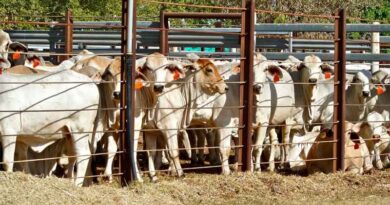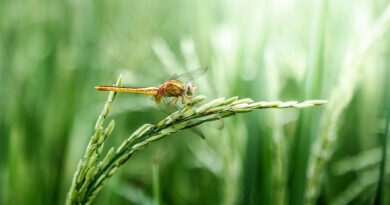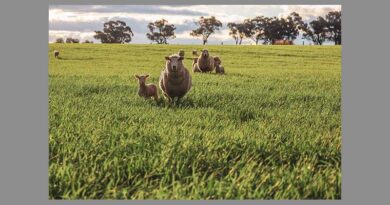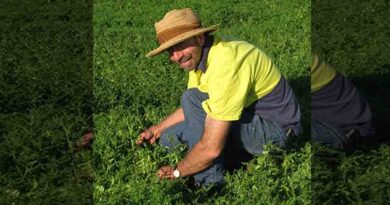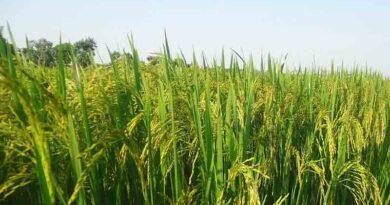Australia’s cattle liquidation speed to rise
Australia’s cattle herd liquidation will likely accelerate in 2024, but this depends on processors’ ability to deliver capacity growth, beef demand and the effects of the El Nino weather phenomenon.
27 December 2023, AU: Australian cattle kill volumes increased through 2023 after persistent dry weather. Meat and Livestock Australia (MLA) weekly slaughter numbers started the year at 99,206 head and steadily increased to 116,695 head for the week ending 15 December.
Female slaughter rates have risen to herd liquidation levels, which means rates are high enough that herds are shrinking. Rates reached 48pc for July-September, up from 45pc the previous quarter, according to ABS data. Female slaughter rates have not been this high since the April-June 2020 quarter, when it made up 53pc of total slaughter volumes largely because of drought conditions which resulted in less available pasture, prompting farmers to raise slaughter rates.
The US Department of Agriculture (USDA) Foreign Agriculture Services (FAS) forecasts Australian cattle slaughter increasing to 7.5mn head in 2024, a 380,000 head increase from the upward revised 2023 estimate of 7.1mn head. More young cattle and good pasture production in northern parts of Australia in 2023 are set to increase volumes of cattle ready for slaughter.
Australia’s processing capacity will increase in 2024, as new or refurbished processing plants return to production. Global meat producer JBS has invested A$77mn ($50.7mn) to support increased capacity at its Dinmore Queensland facility, the southern hemisphere’s beef processing plant with the highest capacity in terms of carcass weight, with the higher capacity underpinned by market demand for red meat and increased livestock availability.
Three more processing plants in the southern states are either commencing operations or starting up in coming weeks, including Australian processor Thomas Foods International’s Murray Bridge South Australia plant with 600 head/d, Greenham’s Tongala plant in Victoria with 700-1,050 head/d, and Kilcoy Global Foods’ Lance Creek Victoria plant with 600 head/d.
Processors are fully booked for over a month in advance with grass- and grain-fed cattle, so the forecast increase in kill capacity in 2024 will be well received, particularly if drought conditions return and farmers need to raise the pace of liquidation. But there could still be difficulties finding enough workers to man the additional capacity, despite increased immigration into Australia.
The BOM’s long-range forecast for December-February shows below-median rainfall for most parts of the country. This could lead to a shortfall of paddock pasture in 2024 that would reduce stocking rates, pushing more cattle to feedlots and to processors for kill.
Global demand for Australian beef finished 2023 slow, but is likely to increase by mid-2024 because of demand from the US as its herd rebuilds following three years of drought.
Cattle prices
Feeder steer prices rose sharply at the end of 2023 as feedlots purchased cattle needed to fill March 2024 kill contracts.
The continued increase in feeder prices in 2024 will rely on processor kill prices and capacity, as well as US beef demand. Argus Australian feeder steer price hit a record low of 222¢/kg on 26 October, and rebounded to 313¢/kg on 21 December. The trajectory into 2024 will depend on farmers’ willingness to sell cattle to feedlots, the capacity of processors and consumer demand for Australian beef.
Backgrounding cattle prices are likely to increase on the back of widespread rain in November, but the threat of dry conditions for the remainder of summer will steady prices as producers limit the risk of overstocking. The start of weaner sales in southern states in January will increase backgrounder availability to fill demand. Producer confidence, which is predominantly driven by weather conditions, will be the major influencing factor in cattle trade in 2024.
Also Read: Planting seeds for bringing youth into agriculture
(For Latest Agriculture News & Updates, follow Krishak Jagat on Google News)





